These 5 Pests Could Be Making Their Way Into Your Home as Temperatures Drop – Here's How Pros Say to Stop Them
If you’re worried about your home becoming invaded by pests as the cooler months roll in, look no further. Here's what experts recommend to keep pests out.
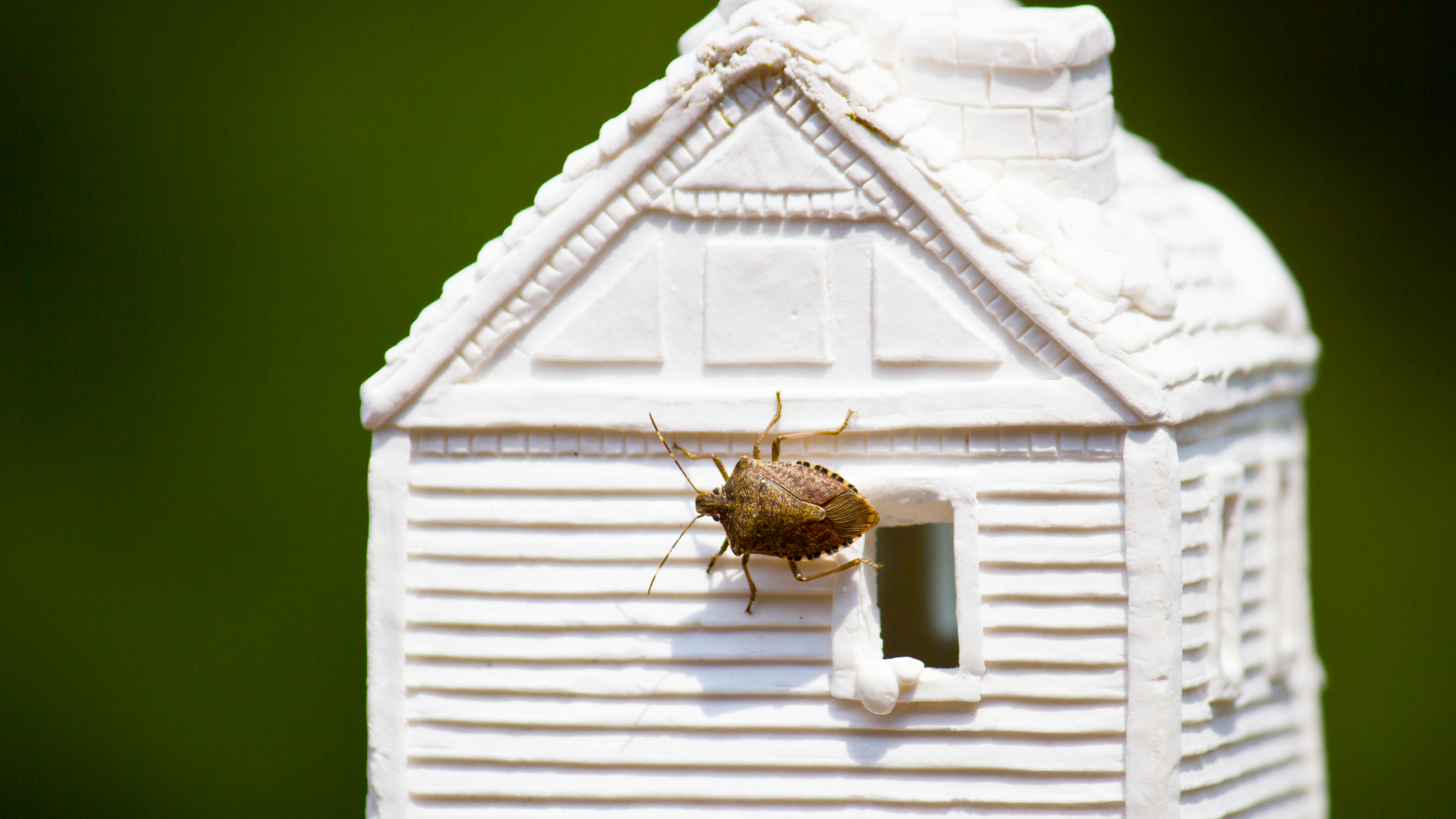

Anyone who knows me knows how much I adore the autumn and winter months. There are so many reasons why: the gorgeous leaves shifting color, people putting up sparkling lights, looking forward to making batches of baked goods that fill the kitchen with festive smells.
But what I dislike the most is pests coming into my home. I swear they always seem to find a way, even if I’m keeping a watchful eye. Pests love the warmth inside a house in fall and winter. And I don’t blame them! But I wish they wouldn’t make their way into my home where they're unwanted guests.
If you’re like me and want to feel prepared for what pests may be coming your way this fall, you’re in the right place. I talked to experts in insect and pest control to learn about the top methods to keep creepy crawly visitors out of your house this fall, as well as how to keep common pests at bay all winter long. You’ll sleep much more soundly after implementing these tips to keep unexpected intruders outdoors where they belong.
1. Mice and Rats
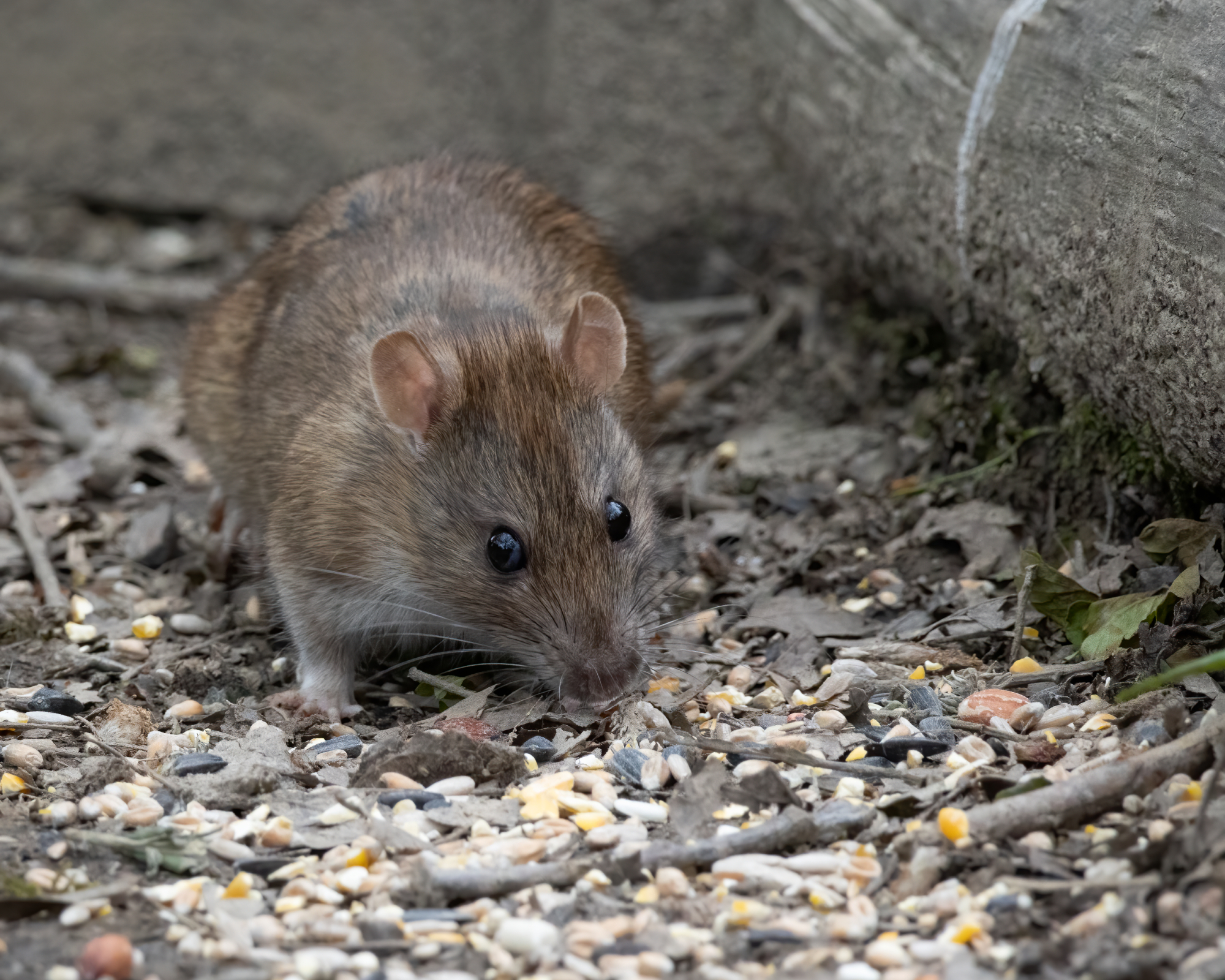
Mice and rats can be cute, but not when they’re invading your space without invitation. When temperatures drop, rodents actively seek out areas that are warm and have easily available food sources. This perfectly describes someone’s kitchen or pantry, especially when the house is all toasty from a roaring fire or radiators.
Adham Perriseau, a licensed pest management professional and eco-solutions specialist at Dr. Killigan’s, a leader in eco-friendly pest control solutions, says, “Small and agile rodents like house mice, roof rats, and Norway rats can squeeze through tiny gaps as small as a quarter to half inch (6-12 mm) to invade homes. As temperatures drop in fall and winter, they seek warmth, food from pantries and crumbs, and cozy nesting spots in attics or walls, making homes an ideal refuge.”
Soaking cotton balls in peppermint oil and placing them near entry points, sealing gaps with steel wool, or sprinkling some cayenne pepper as a pest deterrent near your pantry will all greatly help, according to Adham. Also, ensure your food areas are free from crumbs and unsealed bags.
A sonic device like the X-PEST Ultrasonic Rodent Repeller from Amazon can work wonders too, humanely deterring rodents by emitting a sound that sends them scuttling away.
Sign up for the Gardening Know How newsletter today and receive a free copy of our e-book "How to Grow Delicious Tomatoes".
2. Ants
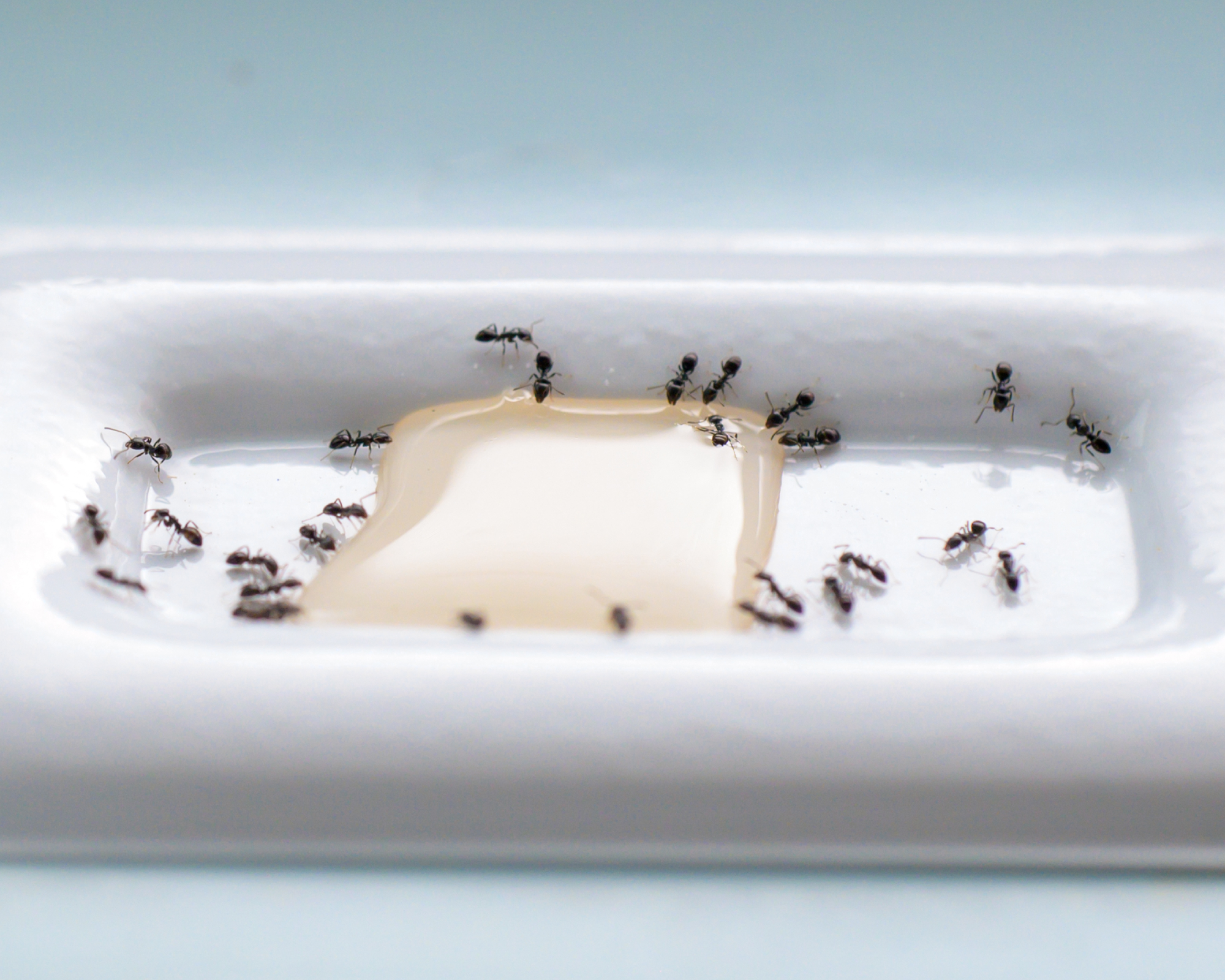
Ants are a particularly tough pest to remove from your home. They’re small, fast, and often come in large numbers. But there are a few things you can do to make your home less appealing to ants as the temperatures drop this fall.
Nicole Carpenter of Black Pest Prevention explains, “All pests, without exception, look for weak spots in the house structure and if they find them, they sneak in through them. The sad truth is that tiny insects like ants only need a fraction of a millimeter to slip through.”
Therefore the number one way to stop ants from entering your home is to block anywhere they may be getting in.
“For small gaps and cracks around pipes, windows, vents, or cable entries it's best to use steel wool as a filler before sealing over it with caulk,” says Nicole. “Using the wrong material can end up with a mouse chewing through or an ant slipping in between the foam and the wall as if it isn’t even there.
“For small pests like cockroaches, ants, spiders, and silverfish, I use the Nature’s Dome Eco-Friendly Spray from Amazon both indoors and outdoors. It won't deter mice, but is effective against most crawling pests.”
If the problem persists, investing in a product like the Bonide Diatomaceous Earth Crawling Insect Killer from Amazon will likely be necessary. This product is great as it works for both indoor and outdoor use. You can also go chemical-free and try the chalk trick to keep ants out or pick up some steel wool from Amazon.
3. Stink Bugs
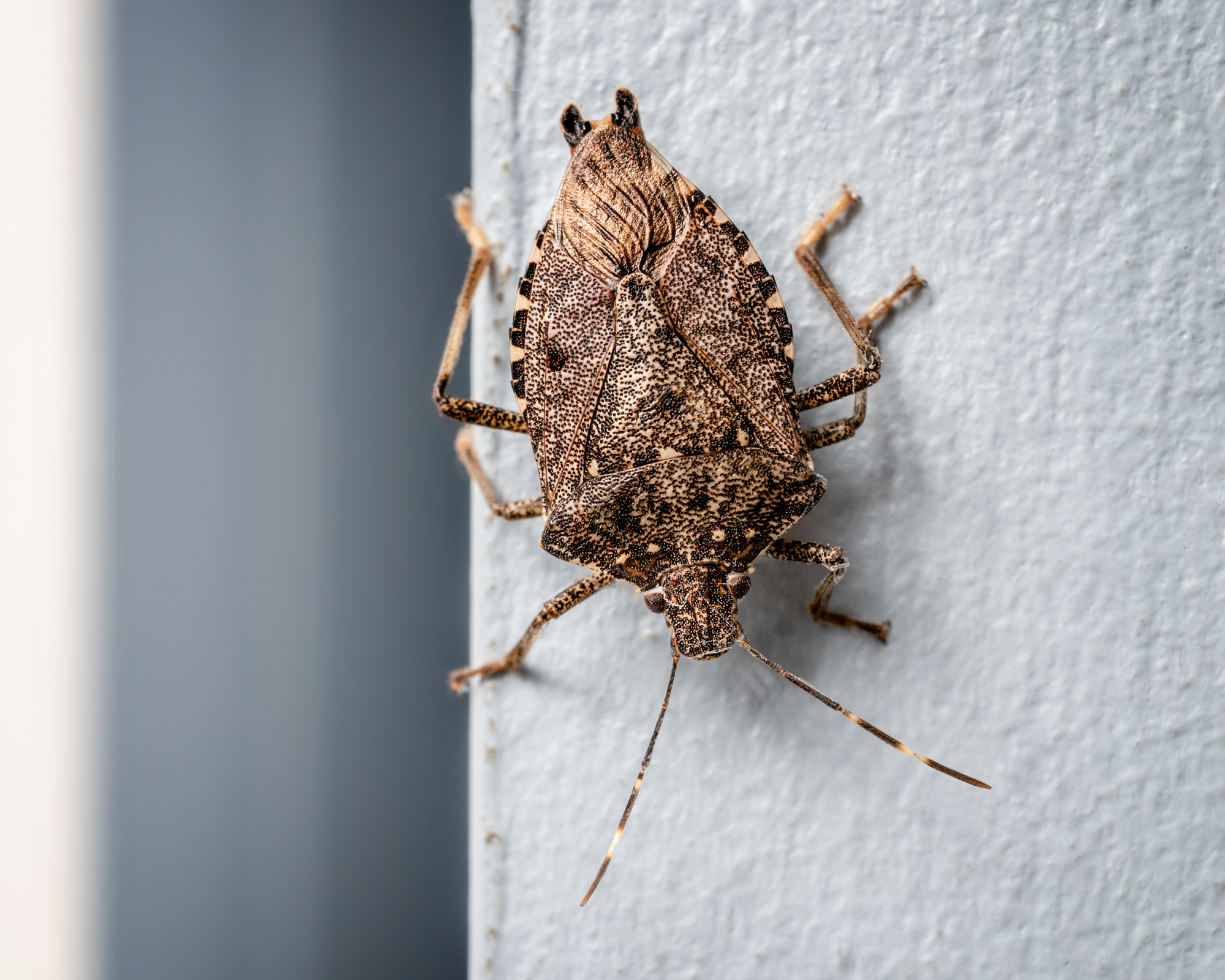
Stink bugs, particularly brown marmorated stink bugs (BMSBs), have become a common pest in homes across the United States in recent years. And these malodorous interlopers are forecasted to persist throughout the coming cold season, according to the National Pest Management Association’s Bug Barometer of 2025.
Jim Frederick, the NPMA’s Vice President, said, “The forecast of our report is produced by a team of board-certified entomologists who analyze weather predictions and pest biology to provide insights for the coming months—and one of the pests we’re predicting being a problem is stink bugs.
“When temperatures drop, it could drive more BMSBs indoors to seek shelter, especially in regions including the Great Lakes, Ohio Valley, and the Midwest.”
This is because of the warmer than usual conditions so far this year, meaning when temperatures do finally drop to being notably colder, swarms of these critters will be looking for warmer places to hide.
Blocking entry points with caulk and placing cotton swabs dipped in natural deterrents such as mint and clove oil are said to be the most impactful. Though it’s important to note that when stink bugs get into your home, they typically fester in hidden areas.
As entomologist Emma Grace Crumbley of Mosquito Squad Plus, explains, “Once inside the home, BMSBs will either infest areas with abundant light and warmth, typically near windows and high ceilings, or they will infest undisturbed areas, such as under furniture, behind baseboards, in closets, or attics.”
So make sure to check under furniture and in undisturbed areas, too. Otherwise you’ll still have these pests inside your home. Where possible, setting some of these flea traps from Amazon near the foot of your sofa or on your attic floor would be helpful. The traps work to eliminate pests already in your home as they crawl out from undisturbed zones at night.
4. Spiders
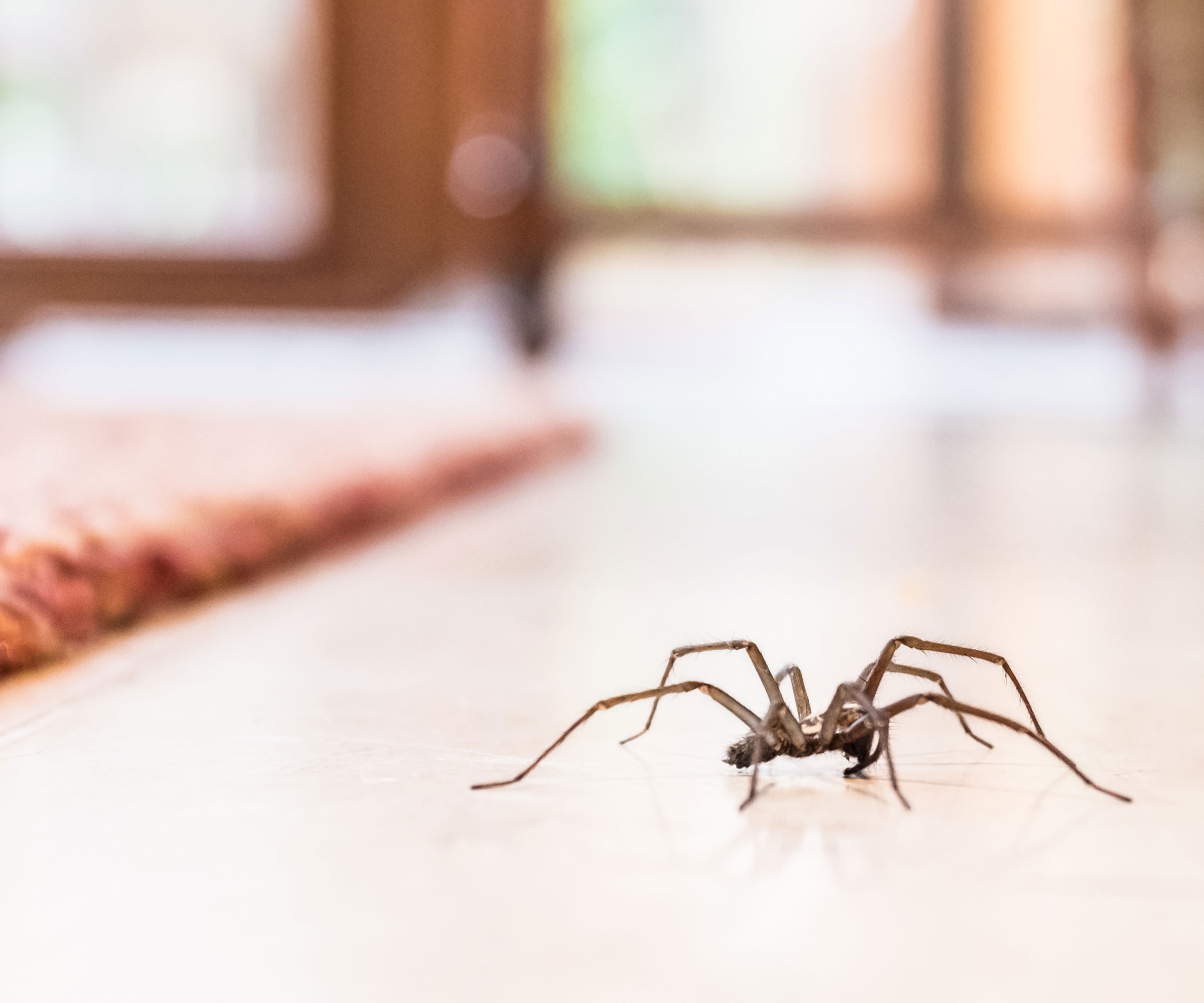
Spiders have to be my least favorite pest to see in my home. I fully admit to asking my partner to come over to remove any that are particularly large!
Though spiders can make their way into people’s homes at any time of year, they tend to become more common during the cooler months of the year as they seek shelter, as well as food sources. In the Pacific Northwest, these creepy crawlies are so pervasive around this time of year, people actually call it "spider season."
“Some spiders are present in our homes all year round, however, the fall in temperatures is often the reason why we might see increased activity and visibility as they take shelter, seek warmth and look for a mate,” says Daniel Baldwin, a board-certified entomologist at Hawx Pest Control. “Spiders may also be attracted to our homes on the lookout for other insects they can use as a source of food, too."
One of the top ways I keep spiders out of my home is by placing draught excluders, like the Comfyanno Under Door Draft Stopper from Amazon, on my doors. Think about it: if you’re a spider and you see light under a door and feel a wave of warmth, you’re going to find that appealing. Draft excluders like these create a physical barrier, limiting spiders to only being able to access your entryway.
On top of sealing any obvious holes or cracks insects could enter through, Adham also recommends rubbing citrus peels near entry points. Spiders find the scent incredibly off-putting. Also, vacuum regularly to remove prey insects and debris.
5. Cockroaches
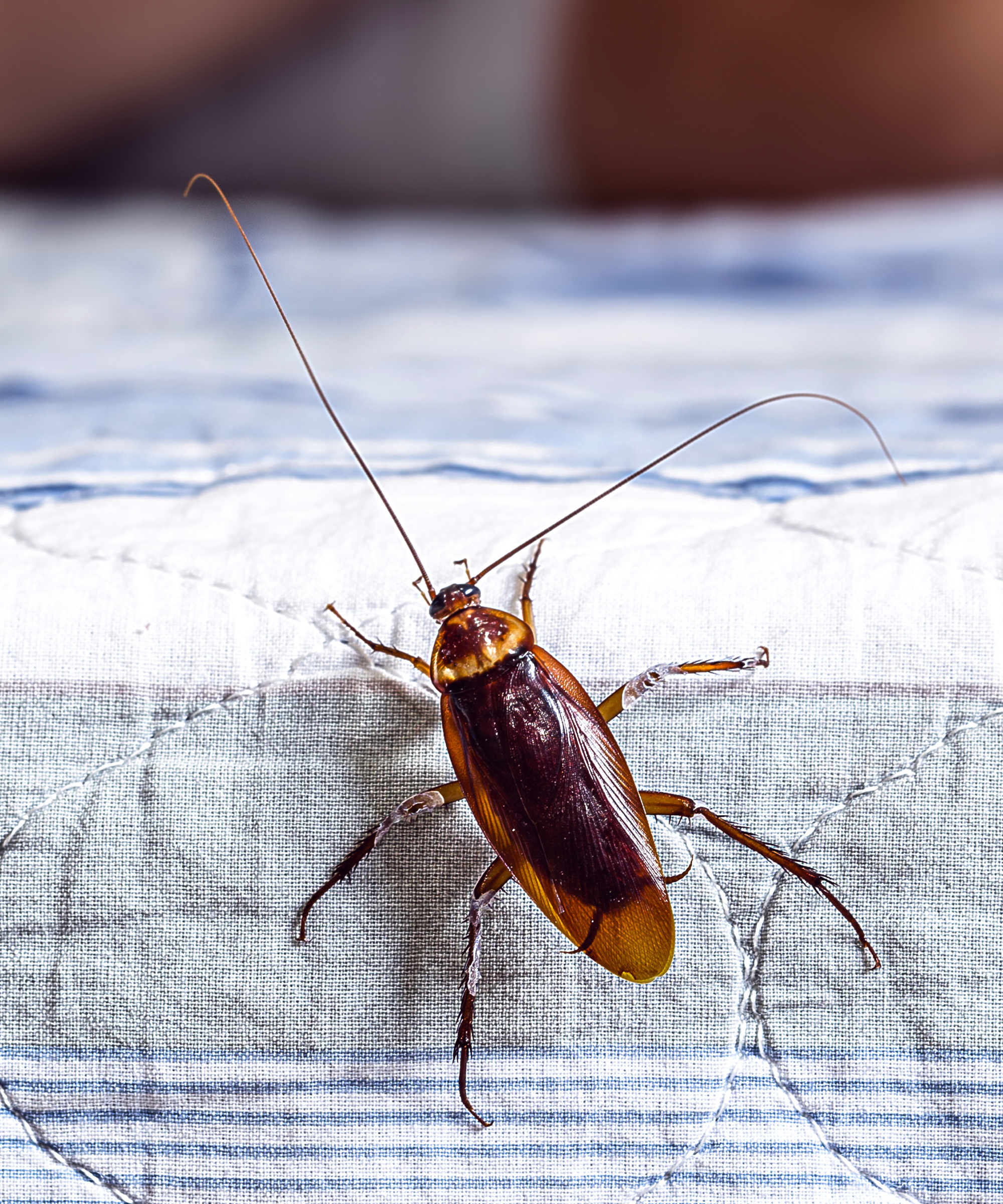
No one enjoys finding cockroaches in their home, but unfortunately you’re more likely to see them pop over for a visit during the fall and winter months. Though they’re more resilient than a lot of other insects out there, they still find it hard to survive in cooling temperatures and will be seeking a warm environment, as well as any food they can get.
“With cooling fall weather, cockroaches enter homes through cracks, drains, or windows in search of warmth, moisture, and food scraps to survive the colder months,” says Adham. “Some of my top recommendations for effective natural deterrents include sprinkling food-grade diatomaceous earth in corners to dehydrate them, and placing bay leaves in cabinets for their repelling aroma.”
This diatomaceous earth from Amazon is a small bag, great for trying out the product. But if it’s working wonders for you and you’re looking to stock up on supplies, the HARRIS brand diatomaceous earth from Amazon will have you covered for the whole fall and winter season.

Ciéra is a writer and regional laureate with particular passions for art, nature, philosophy and poetry. As well as contributing to Gardening Know How, she's an Editorial Assistant for Design Anthology UK and has words in other titles including Homes & Gardens, Livingetc, and Apartment Therapy. When she's not writing, Ciéra can be found getting incredibly excited when her small but ever-expanding garden shows more signs of growth. She believes it's something very beautiful to be cooking with her own produce, whether it's from her yard or picking berries from the wild to turn into jams or baked goods.